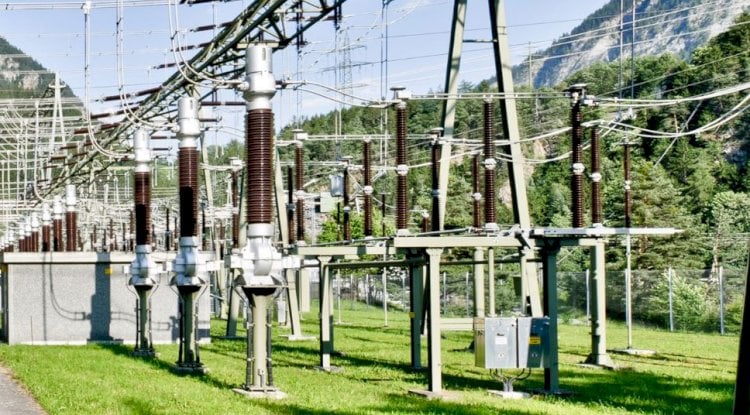Nichole Asked:
We are trying to put a swimming pool in, however, new rules are out that we have to get a Step and Touch evaluation done. Why?
Our Answer:
Have you ever been shocked near a swimming pool when you touched a metal fixture, or even in your home, when you touched the showerhead fixture? These are typical signs of stray voltage. In technical terms, stray voltage is more appropriately defined as either step or touch voltage. Step & Touch voltages are small voltages (typically less than 10V) that can be measured between two possible contact points. When these two points are connected together by an object, such as a person, an electrical current will flow. The amount of current depends on a number of electrical factors, such as voltage, circuit impedance, and body impedances. The source of these hazardous voltages are often from the common grounding of the utility system and the customer electrical system, a neighbor’s wiring system, or another utility source such as an adjacent substation or power line.
Load, leakage, and fault currents flowing through the grounding conductors to earth, produce what is called a Neutral-to-Earth Voltage (NEV). There are multiple paths from neutral or grounding systems to earth: ground rods, metallic water lines, building foundations, etc. This means that there are always neutral-to-earth voltages to worry about. The question is never if there are step and touch voltages, but what is the safe level of voltage for your site.
Swimming pools present an especially hazardous situation, as you have wet people (often children) with bare feet running around touching metal hand-rails, gates, fences, etc. This is the perfect scenario for Sep and Touch Voltage Hazards, and should be analyzed carefully. The best way to reduce these hazardous voltages is to use gradient control by use of equipotential planes to maintain the step and touch potential at an acceptable level. Only through careful computer modeling can this be accomplished.
There are no special requirements for Step & Touch Voltage hazard analysis in the United States, so it is refreshing to hear that Australia is taking the lead in this critical human safety issue. AS/NZS 60479.1is the current Australian/New Zealand standard for calculating Step & Touch Voltages and is almost certainly the standard you will have to meet. This will particularly true if your swimming pool is located near an electrical substation or has high-voltage power lines running nearby.
The Engineering Experts at E&S Grounding Solutions





